Sometimes, going ‘deeper’ doesn’t reveal the answers you seek. By viewing more Universe with better precision, ESA’s Euclid mission shines.
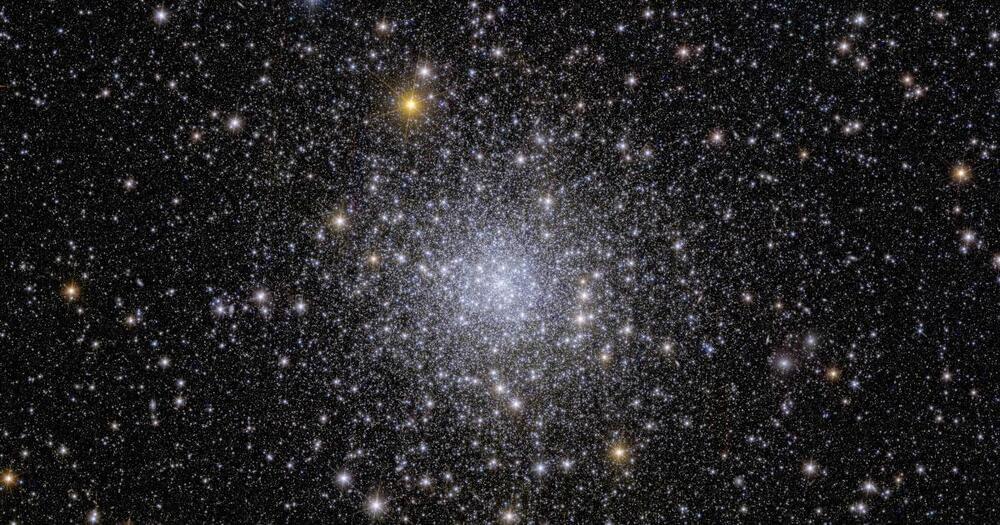

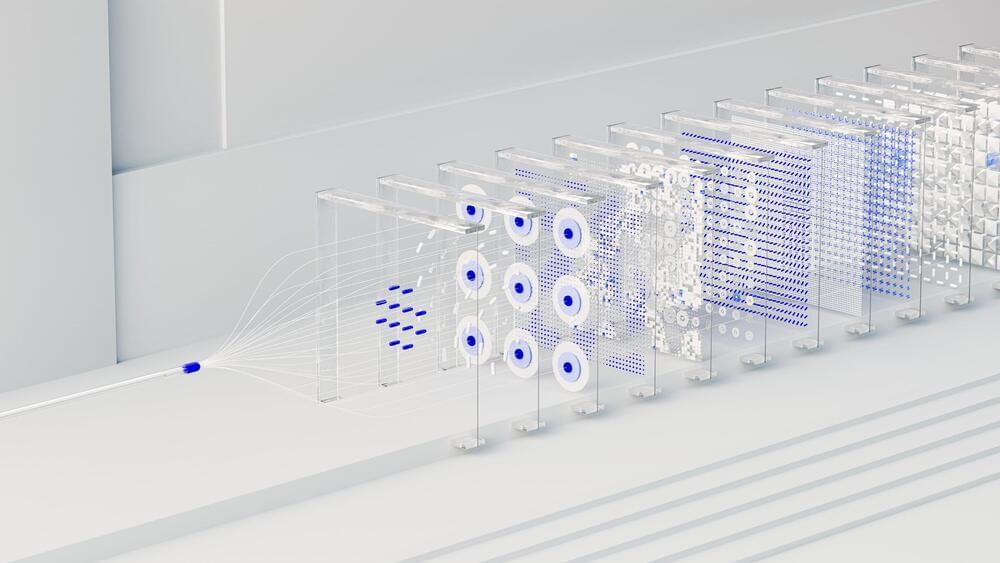
Artificial intelligence already wears multiple hats in the workplace, whether its writing ad copy, handling customer support requests, or filtering job applications. As the technology continues its ascent and capabilities, the notion of corporations managed or owned by AI becomes less far-fetched. The legal framework already exists to allow “Zero-member LLCs.”
How would an AI-operated LLC be treated under the law, and how would AI respond to legal responsibilities or consequences as the owner/manager of an LLC? These questions speak to an unprecedented challenge facing lawmakers: the regulation of a nonhuman entity with the same (or better) cognitive capabilities as humans that, if left unresolved or poorly addressed, could slip beyond human control.
“Artificial intelligence and interspecific law,” an article by Daniel Gervais of Vanderbilt Law School and John Nay of The Center for Legal Informatics at Stanford University, and a Visiting Scholar at Vanderbilt, argues for more AI research on the legal compliance of nonhumans with human-level intellectual capacity.
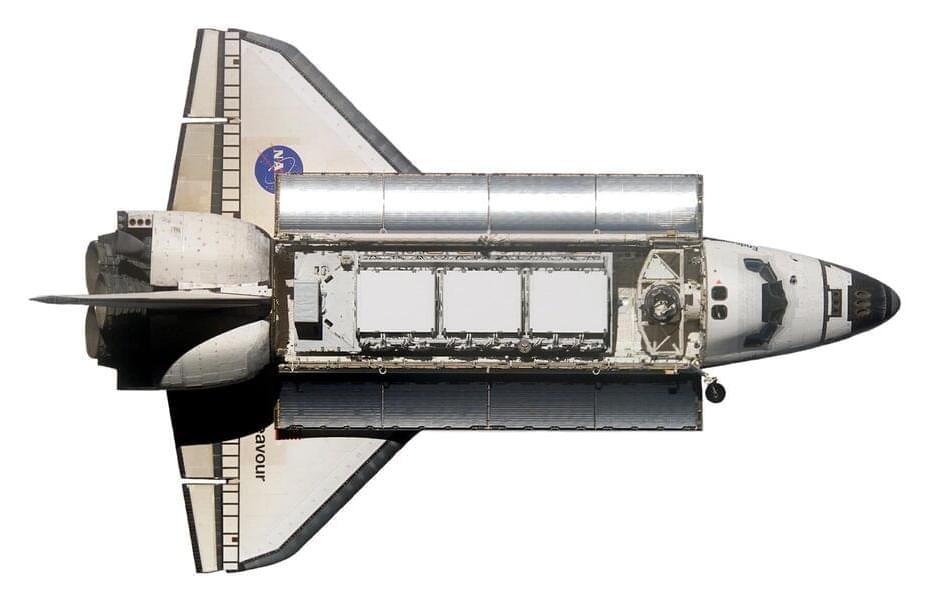
The space shuttle Endeavour’s twin giant rockets will be hoisted by crane next week and affixed into place atop the craft’s aft skirts in a first step of assembling a full-stack configuration of the shuttle at the future Samuel Oschin Air and Space Center.
The two solid rocket motors—each weighing 104,000 pounds and the size of a Boeing 757 fuselage—were transported by truck in early October from Mojave Air and Space Port to the science center in South Los Angeles.
“It’s actually pretty exciting. This is the first big tall pieces of the stack going into the building,” California Science Center President Jeffrey Rudolph said. Each solid rocket motor measures 116 feet and makes up most of the length of the 149-foot solid rocket boosters. At liftoff, the white solid rocket boosters were set underneath Endeavour’s wings and produced more than 80% of the lift during takeoff.
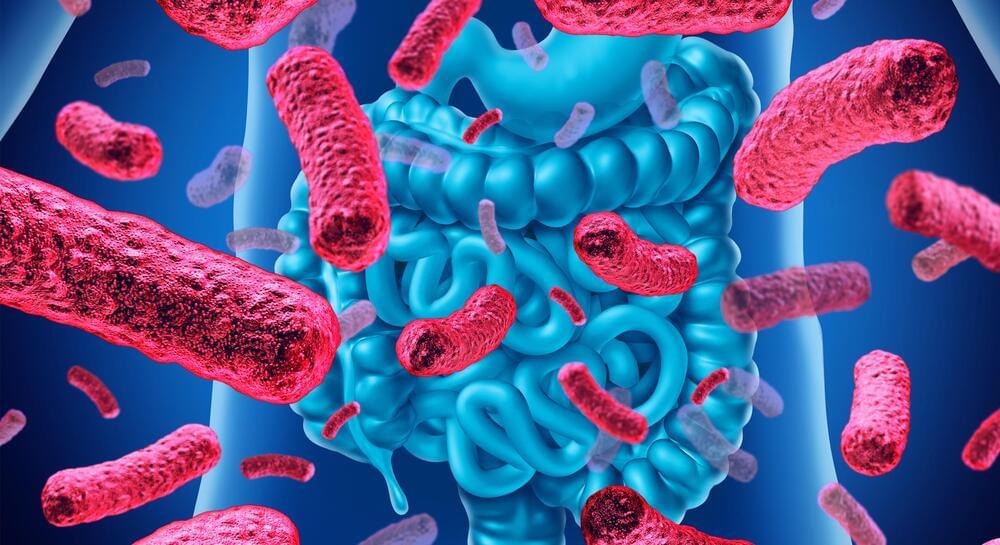


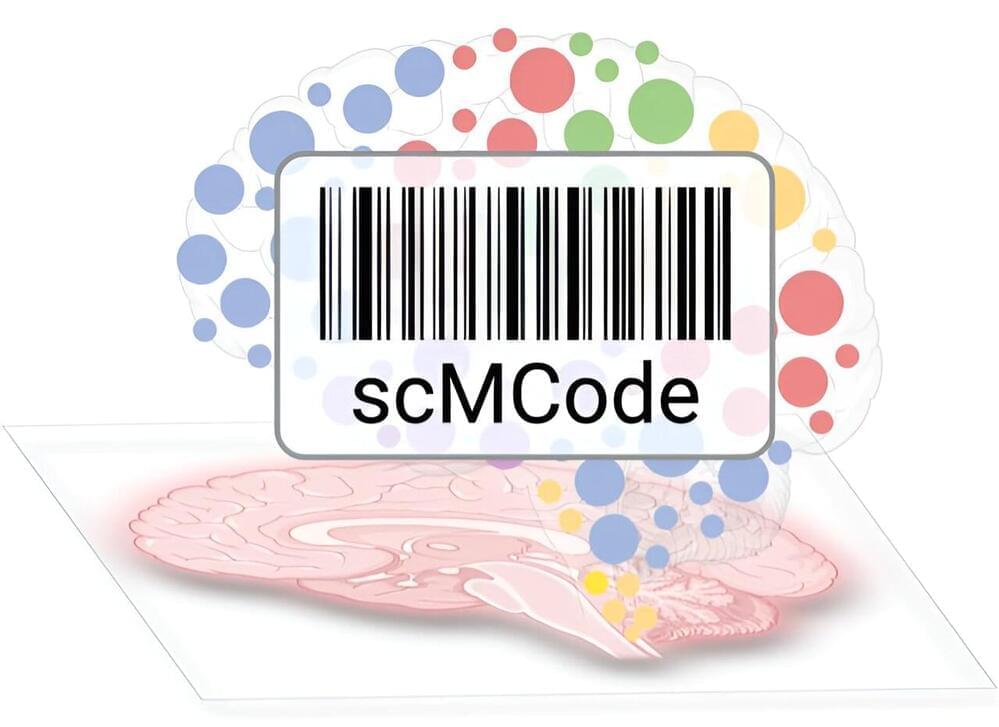
Salk Institute researchers, as part of a larger collaboration with research teams around the world, analyzed more than half a million brain cells from three human brains to assemble an atlas of hundreds of cell types that make up a human brain in unprecedented detail.
The research, published in a special issue of the journal Science on October 13, 2023, is the first time that techniques to identify brain cell subtypes originally developed and applied in mice have been applied to human brains.
“These papers represent the first tests of whether these approaches can work in human brain samples, and we were excited at just how well they translated,” says Professor Joseph Ecker, director of Salk’s Genomic Analysis Laboratory and a Howard Hughes Medical Institute investigator. “This is really the beginning of a new era in brain science, where we will be able to better understand how brains develop, age, and are affected by disease.”
When it comes to human longevity, you might envision nanobots helping our bodies operate more efficiently. But our bodies are biological machines in their own right, evolved to handle any situation in the real world from illness to cold to hunger. Our bodies heal themselves, and they can be programmed to do so if we understood that language better.
This video talks about DNA and genes, and the epigenetic mechanisms that read that information. The epigenetic clock is one way to measure the age of cells, and this can be reversed with current technologies. We discuss experiments by David Sinclair, which made blind mice see again, and experiments by Greg Fahy, which regenerated the immune system of humans and reset their cellular age by 2 years.
Asking our bodies to heal themselves could be one of the largest medical breakthroughs ever, instead of trying mainly chemical means of medication. And it has significant implications for whether or not we can achieve longevity escape velocity and continue to live more or less indefinitely. This promises to be a very interesting topic.
#aging #longevity #science.
The science of super longevity | Dr. Morgan Levine.
https://www.youtube.com/watch?v=B_CqKVU19ec.
Groundbreaking Research on Anti-Aging: Unlock the Secrets to Longevity | David Sinclair.
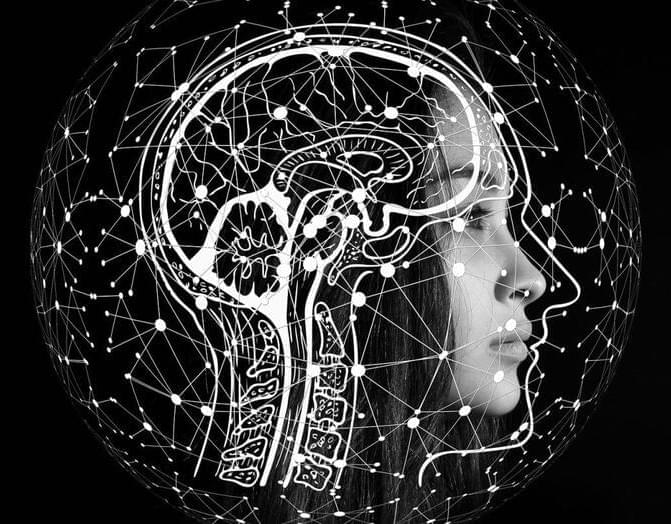
The idea of postponing or even reversing the ageing process has always fascinated humanity. Some claim that immortality will be possible as little as thirty years from now – but will it just be for the rich?
Our team visited research laboratories working on this objective and interviewed the world’s top researchers in the field. We ask just how long humans might be able to live, and what it could involve.
The programme also looks into the popular wish to remain young and extend our lifespan. Some go to the extent of paying 8,000 dollars for a blood transfusion from a young person. We visited the clinic where they perform this bizarre procedure, whose scientific basis has been criticized, and spoken to the people in charge.
SUBSCRIBE for more amazing stories, including free FULL documentaries. At Java Films we have an incredible library of award-winning documentaries: from world-leading investigations to true crime and history, we have something for everyone!
Click the SUBSCRIBE button and make sure to set NOTIFICATIONS to stay updated with all new content!